[ad_1]
Chard, generally often called Swiss chard, is a leafy inexperienced that sports activities actions actions vivid stem colours, together with white, yellow, orange, and purple. It’s lovely in any vegetable yard and even in flower beds. Chard thrives in cool native climate however can take the warmth with sufficient water.
There are various crops you would possibly plant shut by. This vibrant veggie requires a great deal of daylight and moisture, making it a wonderful companion to numerous crops. Chard is a beet alternative that doesn’t develop roots, so protect them away from beet kin to care for pest populations down.
Let’s take a look at 15 companion crops you would possibly develop with chard to maximise your gardening house and create a unbelievable and scrumptious yard.
What Is Companion Planting?
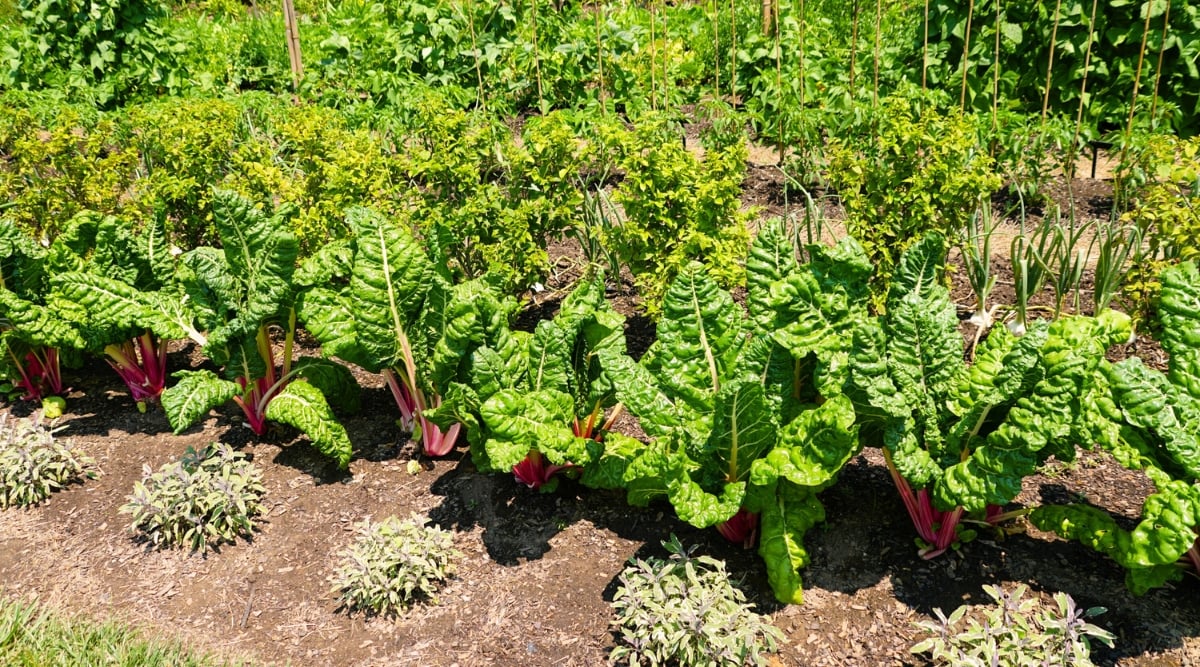

Many gardeners plant one type of plant in an house. Whereas it’d look like an excellent suggestion, it’d set off the soil to be stripped of dietary nutritional vitamins and promote pest populations.
Companion planting is when numerous varieties of crops are grown in an house to allow them to income one another. Pairing the suitable crops collectively can cut back pests and protect the soil healthful since completely completely totally different crops have particular nutrient necessities.
It’s best to profit from companion planting in any yard, however it completely’s considerably useful in small areas the place you don’t have room to unfold out your crops. When which crops can work collectively throughout the an similar house, you would possibly protect crops nearer collectively in any restricted house.
Chard as Companion Vegetation
That is one among my favourite crops to develop contained in the yard ensuing from its lovely colours and few factors. I not usually have pest components, and it’s forgiving after I’m forgetful about watering.
No two gardens are fairly the an similar, so let’s take a look at numerous the advantages and factors it’s possible you’ll want utilizing chard as a companion plant in your yard.
Advantages
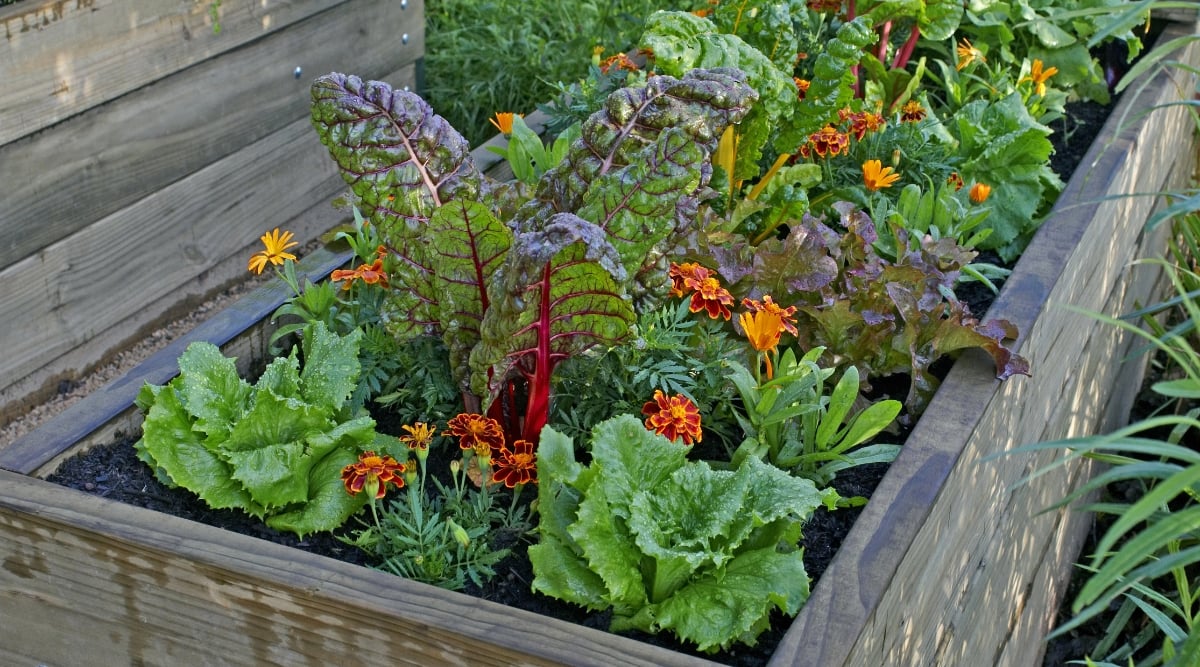

Chard prefers full picture voltaic contained in the spring and fall however welcomes partial shade throughout the summertime. Defend it from the extraordinary afternoon picture voltaic, and as well as you’ll harvest chard accurately into summer time season. Since it’d tolerate some shade, you would possibly develop taller crops subsequent to it to maximise your yard house.
Chard leaves are fairly and make your average-looking vegetable yard extra gorgeous. Chances are high you will even develop chard in a decorative flower mattress for some distinction in opposition to your completely totally different crops. Search for varieties with purple, yellow, or orange stalks for a shocking pop of coloration.
It’s best to profit from chard to shade smaller crops when you enable it to develop tall. Youthful chard leaves are scrumptious, however they sort good at nearly any stage, so letting them mature and shade crops like radishes will allow you to avoid shedding house.
Inside the event you want spinach, however it completely bolts too early in your native local weather, try rising chard. It handles scorching temperatures bigger than spinach and gained’t bolt.
Disadvantages
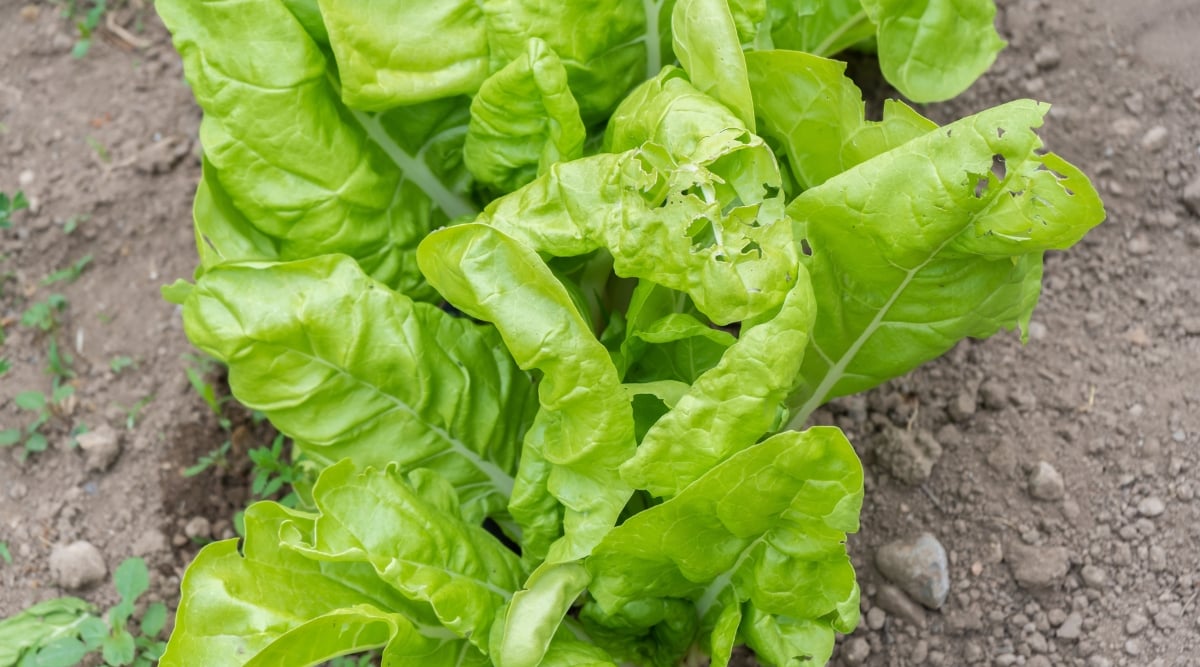

You will not cope with many pests in your chard, however they’re inclined to aphids, darkling and flea beetles, beet leafhoppers, snails, and slugs.
Snails and slugs can quickly multiply and do fairly a couple of hurt in a single day. As you develop chard for the leaves, monitor your crops for potential pest factors to get them beneath administration instantly.
Chard does greatest when grown in spring or fall since they like cool native climate. They may tolerate a light-weight frost however doable gained’t make it by winter in chilly climates.
They’re biennial crops, so in case you need to save seeds, Protect them in a container and change them indoors for winter, or cowl them to care for them heat sufficient.
Companion Vegetation for Chard
Chard will probably be pleased with fairly a couple of completely completely totally different crops. Let’s attempt a lot of of its potential neighbors.
Beans
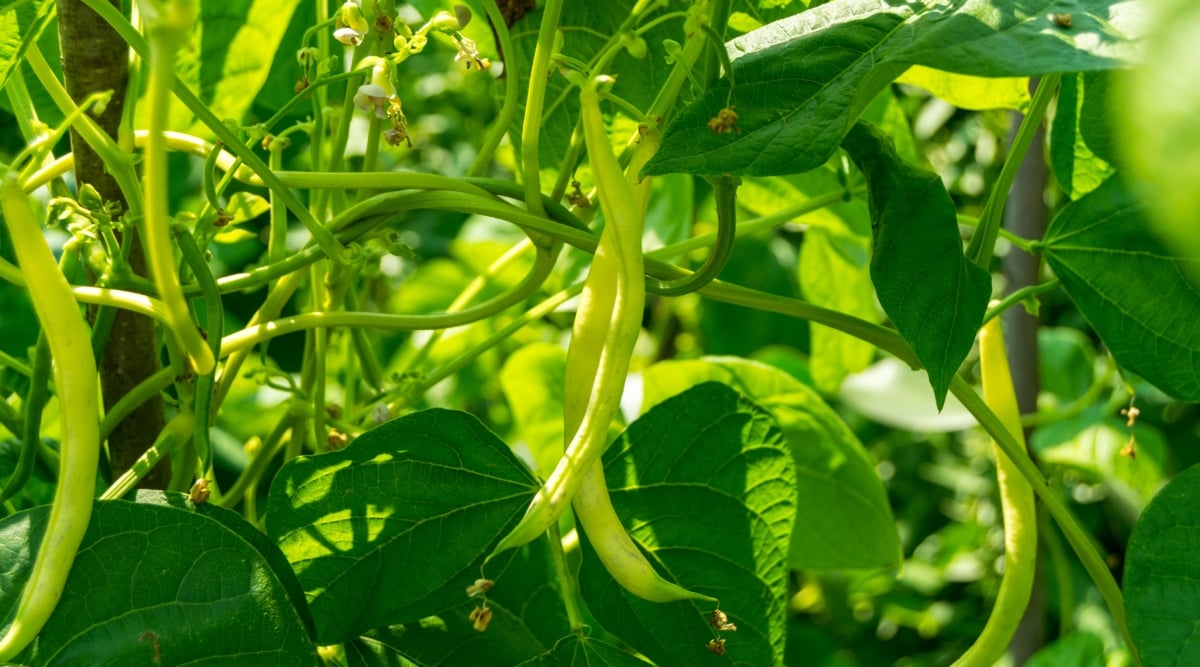

Beans are a beautiful companion at the same time as quickly as they’re not actively sharing an house with chard. Plant beans in your future chard house, and when the crops die, go away their roots inside the bottom to interrupt down.
Bean crops create nitrogen and launch it into the soil because of the roots decompose, leaving you with improved soil. Pole beans can present chard some shade as early summer time season temperatures heat up.
Bush beans are good for interplanting due to they gained’t develop tall sufficient to shade out your chard. All these crops thrive in moist soil, so that they’re in good company with one another.
Cabbage
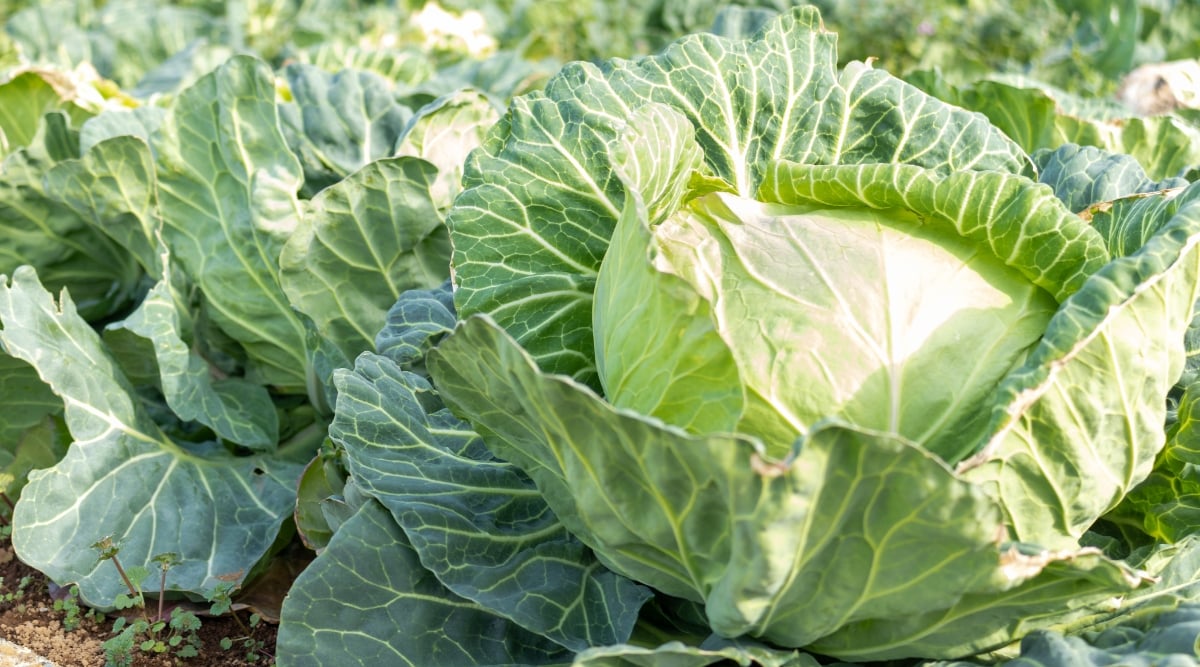

Cabbage can take up fairly a couple of room, however that isn’t unhealthy for chard. Giant cabbage leaves can protect the quilt shaded from the picture voltaic, permitting the soil to remain moist for longer, which could assist chard and cabbage develop larger.
Chard roots develop deeper than cabbage, so the muse methods gained’t ought to compete for water and dietary nutritional vitamins throughout the event that they alter proper into just a little little bit of interwoven. Inside the event you enable chard leaves to get sufficiently giant, they may help steady some shade on cabbage, which is ready to probably be appreciated on scorching spring days.
Celery
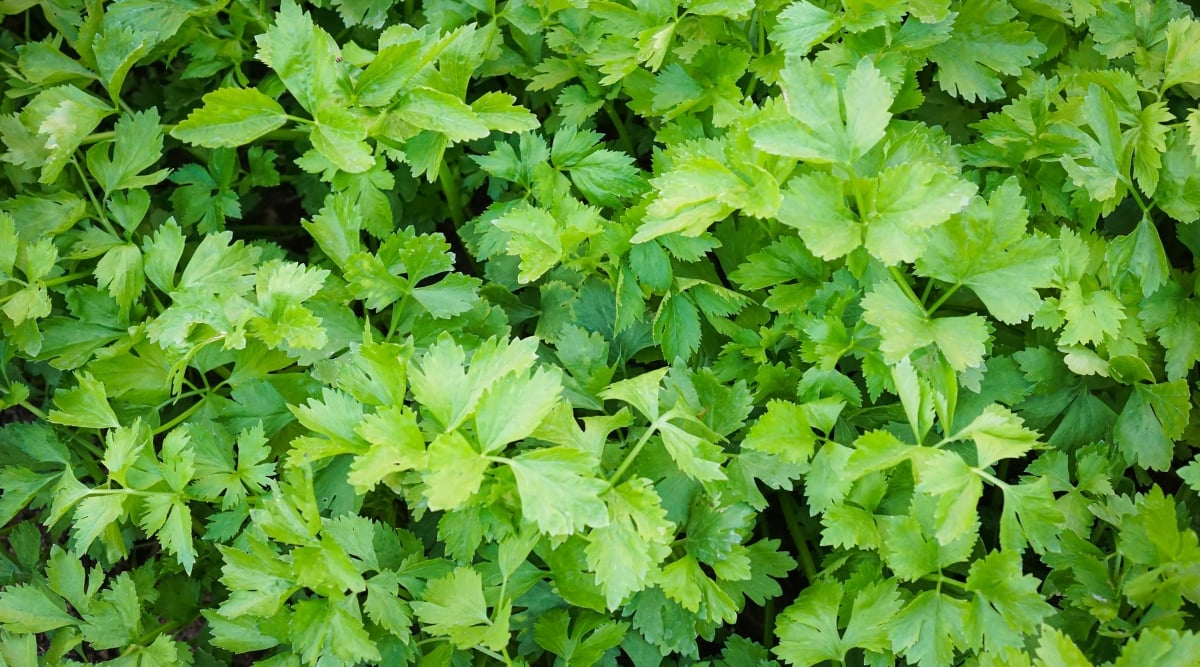

Chard and celery are an agreeable pair. Celery is compact above floor because of it grows vertically, and it’s pretty compact beneath the underside as accurately on account of its shallow root system. It gained’t get in your chard’s means and appreciates moist circumstances.
Chances are high you will develop celery and chard all by means of the an similar time of 12 months. They each thrive in spring and fall, and the autumn native climate will sweeten each crops because of it ought to get cooler. This typically is an excellent helpful pairing when you’re seeking to make gardening simpler.
Chamomile
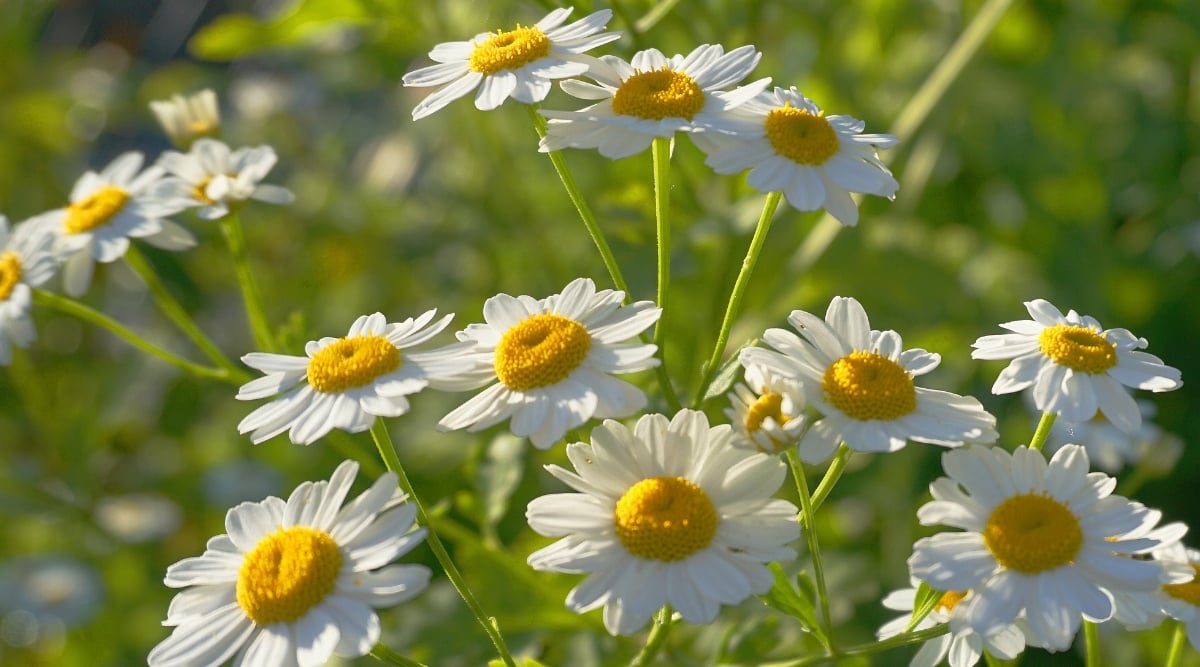

Chamomile is a wonderful plant to care for with chard ensuing from its aphid-repelling talents. Its sturdy scent will probably be fulfilling, however it completely makes it more durable for aphids to hunt out the crops they’re searching for, which may help cut back the ultimate inhabitants.
Relying in your native local weather, chamomile could very nicely be bigger suited as a container plant. It’s drought-tolerant as rapidly as a result of it’s established, although it appreciates extra water in extreme warmth throughout the summertime. Inside the event you retain in a scorching and dry native local weather, chamomile will doable be completely glad throughout the an similar mattress as your chard.
Cilantro
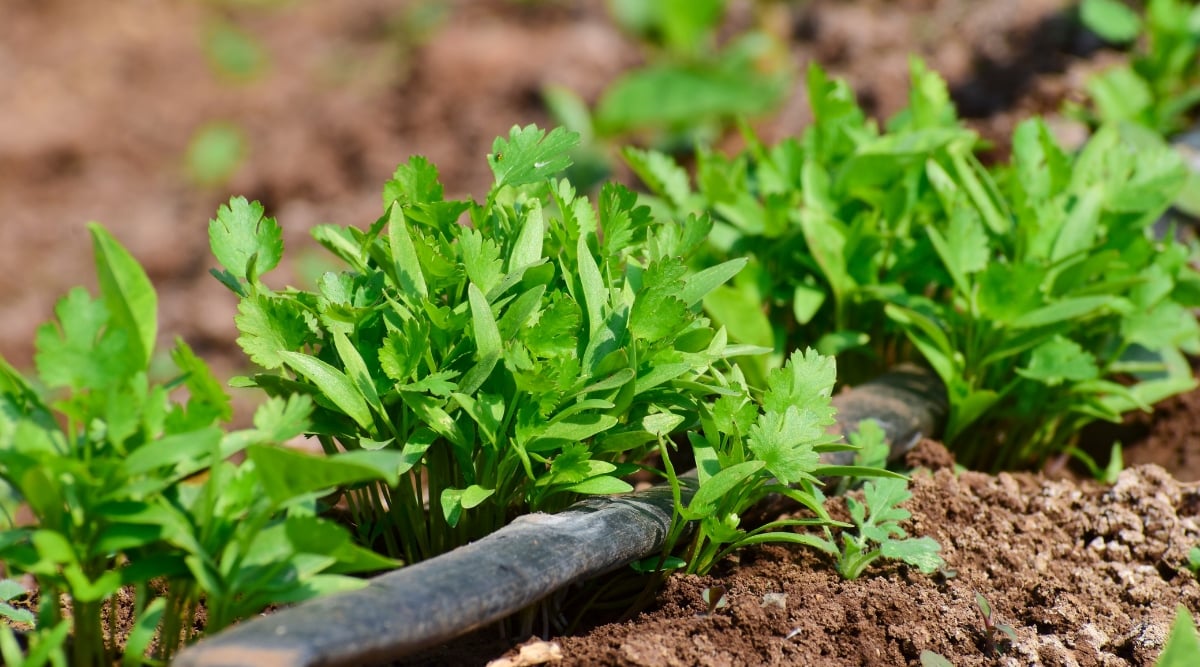

Chard and cilantro work collectively accurately on the plate, merely as they do contained in the yard. Cilantro pulls the burden on this friendship by providing enormous benefits to the chard.
It attracts predatory useful bugs like hoverflies and wasps which will eat many pests that go after chard whereas deterring flea beetles with its scent.
Cilantro likes about an inch of water every week, so it have to be content material materials supplies to develop alongside chard. Give each crops a substantial amount of sunshine and nitrogen, and guarantee sufficient house between them so that they don’t develop too intently collectively.
Garlic
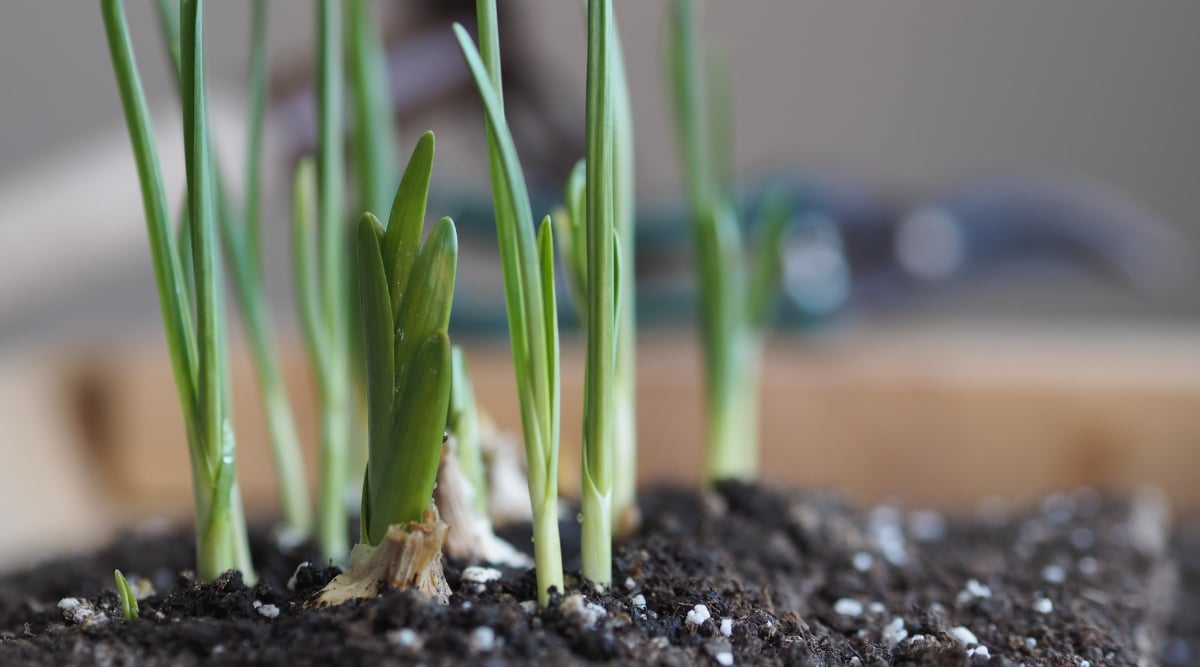

Garlic will match nearly wherever since the bulbs don’t compete with chard roots. You will have spacing components with elephant garlic or completely totally different giant varieties, however additionally it is doable to develop garlic in containers.
Chard and garlic each want moist soil and many daylight, so they’re straightforward to care for collectively. Garlic will tremendously income your chard crops nearly about pest administration.
Pests hate the scent of garlic and will maintain away from it. Permitting garlic to flower will entice many useful bugs, together with hoverflies, bees, wasps, and butterflies.
Lavender
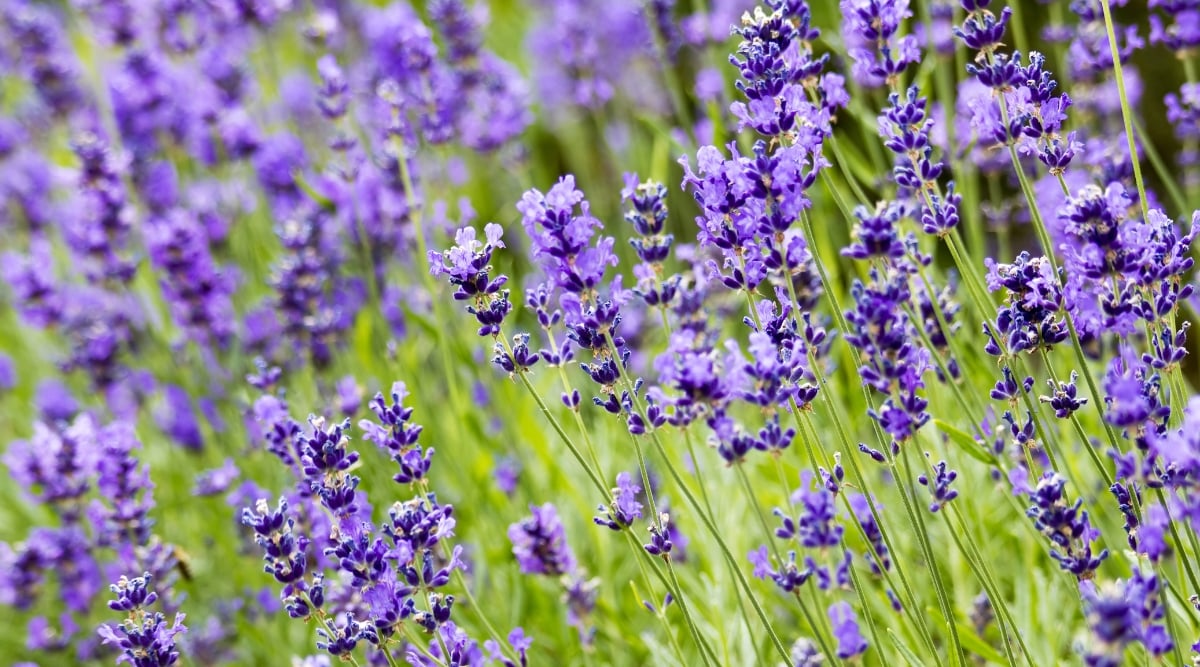

Lavender is believed to bolster the flavour of chard. Nonetheless on a extra concrete keep in mind, Lavender doesn’t compete with chard for dietary nutritional vitamins or water, to allow them to fortunately share the an similar house with out making it highly effective for one another.
The participating flowers you’ll doable develop lavender for will carry tons of pollinators to your yard, loads of them being predatory which will feast on aphids. Lavender would possibly repel flies, fleas, and larger pests like rabbits and deer.
Lettuce
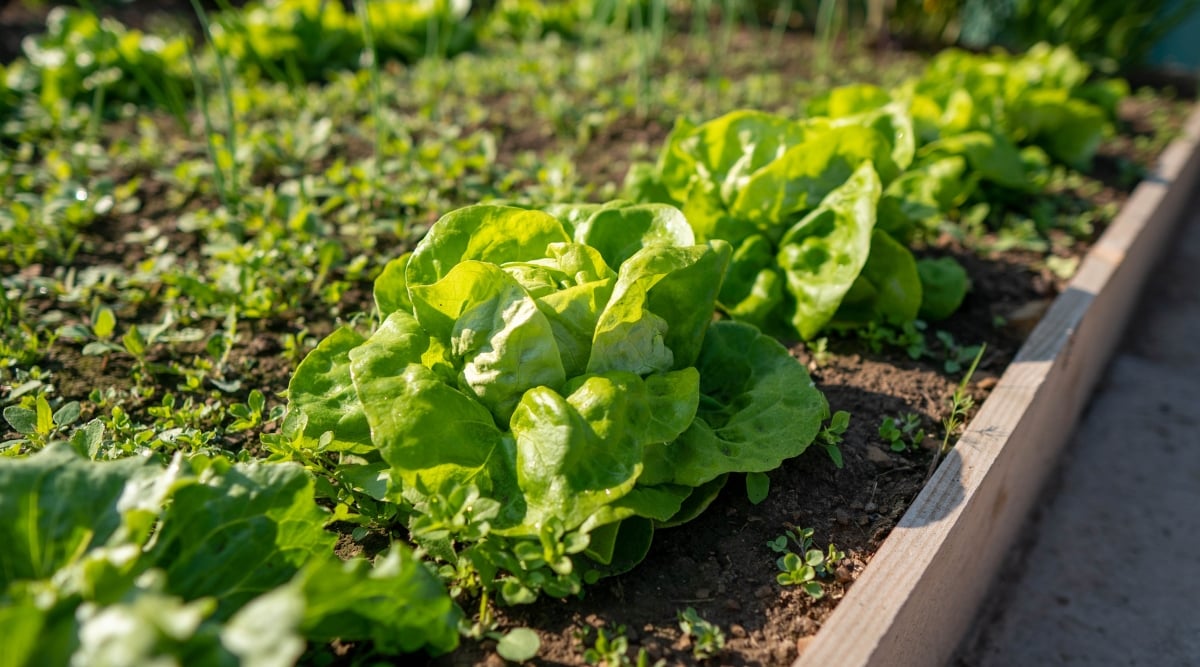

Chard and lettuce aren’t associated however develop equally and work collectively accurately contained in the yard. Each crops like a substantial amount of water and full picture voltaic contained in the cooler months. You could as nicely make them remaining into summer time season by offering them shade with taller crops or shade materials.
These two crops gained’t compete for house since they’ve shallow root methods. It is important to go away some house between them to allow them to get sufficient daylight, however squeezing them correct proper right into a small house is feasible.
Marigolds
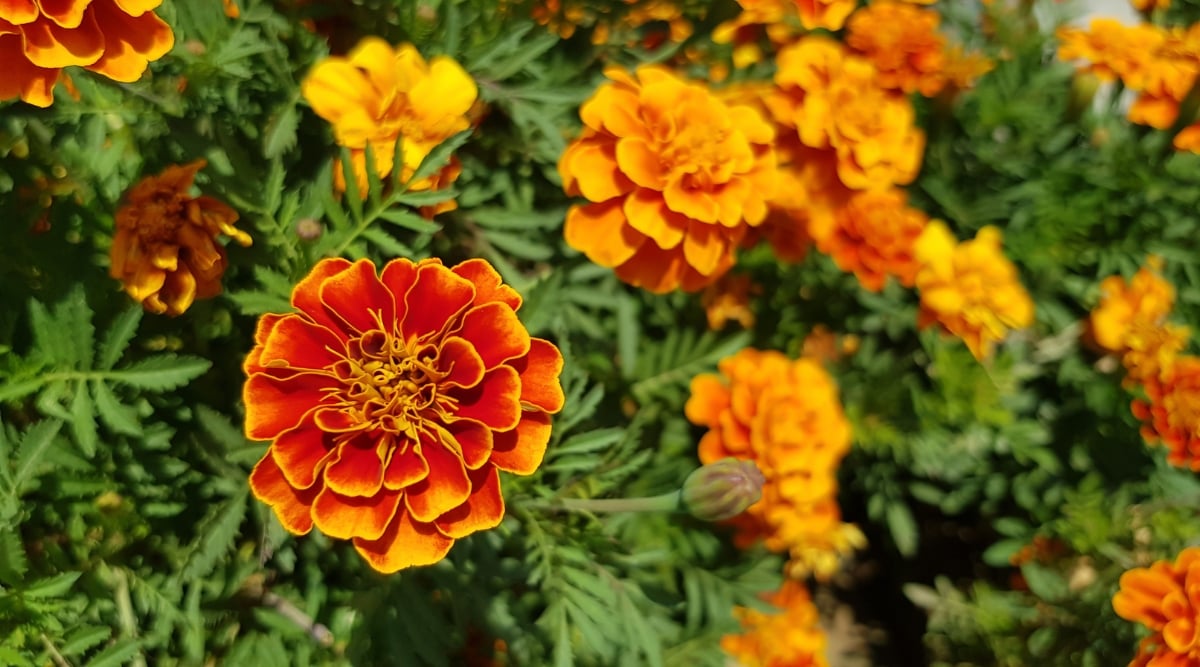

Marigolds are good companions to so many crops. They’ve a shallow root system and maintain compact above floor, so that you just don’t have to fret about them crowding out their neighbors.
Many individuals develop marigolds for his or her pest-controlling talents. They’re typically utilized as a lure crop for aphids and will deter root-knot nematodes. Nematodes aren’t an infinite challenge for chard, nonetheless as soon as they’re contained in the soil, they’ll assault nearly any roots obtainable.
Mint
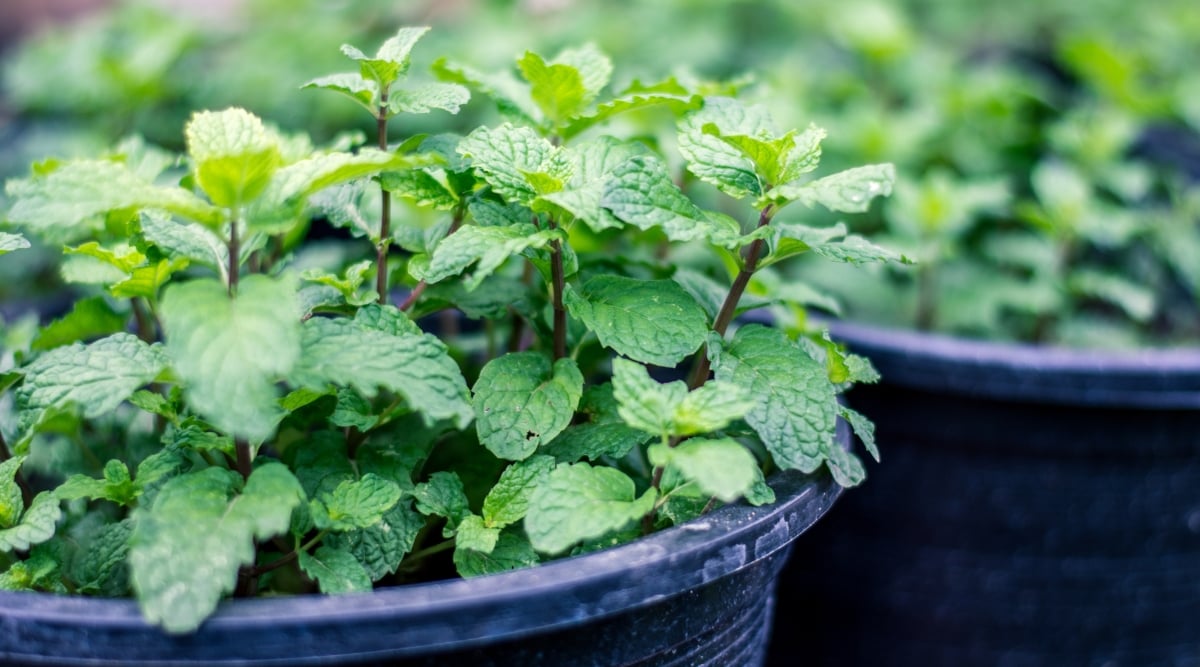

Mint will assist deter numerous pests, together with aphids, flea beetles, and rodents. The candy minty scent is good to people, however pests hate it!
Inside the event you plant mint subsequent to chard, protect it in a separate container shut by. Mint has a shallow root system, however it completely spreads readily, types a thick mat, and chokes out completely totally different crops.
Mint went uncontrolled in my yard, and I used to be shocked to see that it’d unfold underground—I had no thought how big it had gotten till I began ripping it out.
Nasturtium
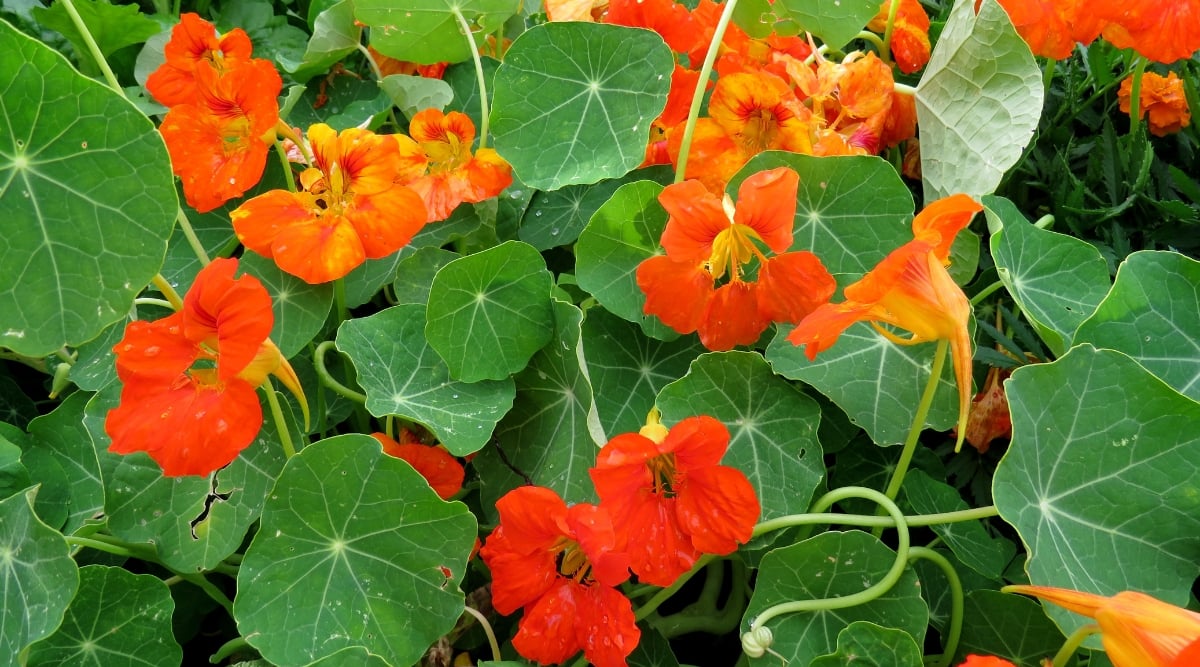

Nasturtium is one totally different participating flower which will improve your vegetable yard and will assist administration pest populations. Aphids adore it, making it a wonderful lure crop.
Plant it close to your chard, and as well as you’ll see extra aphids on the nasturtium than in your chard leaves. The nice tubular flowers entice many pollinators, useful bugs, and predators.
It can host many aphids, and predatory bugs will gobble them up. You’ll need to plant these all over the place.
Radishes
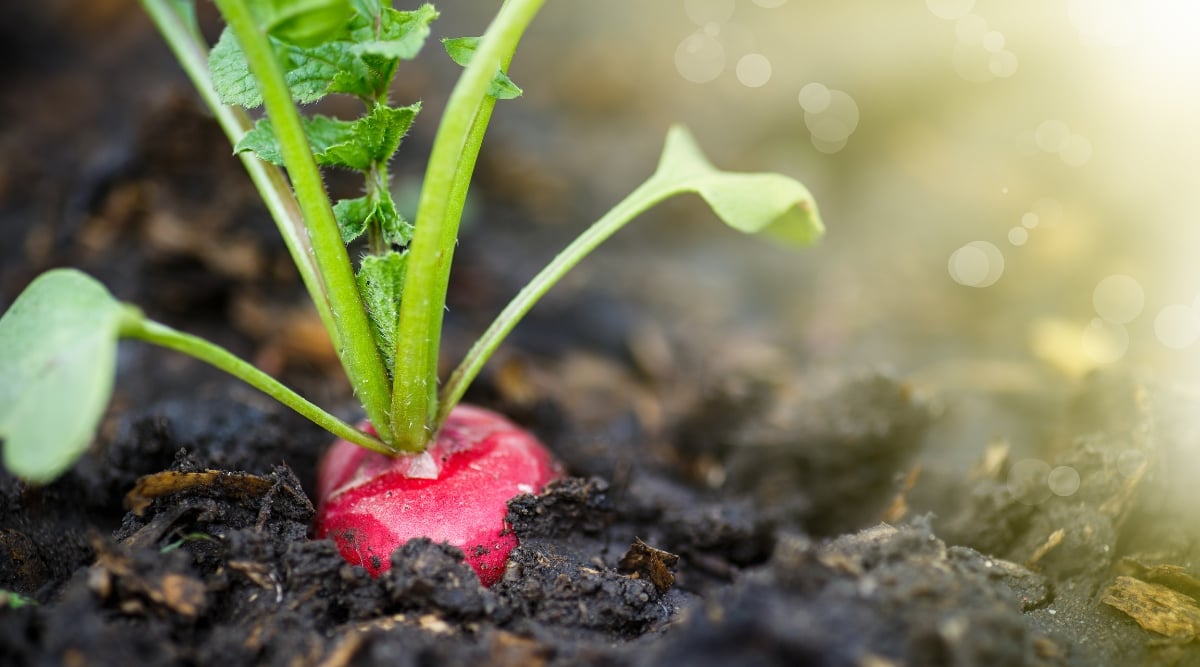

Radishes are straightforward to develop. These quick growers will scratch your itch for quick gratification and assist protect aphids off your chard, too.
Aphids love radish leaves, so allow them to have them, after which you will take away the aphids out of your yard when it’s time to reap the muse. You’ll get among the many best root growth with full picture voltaic, however radishes can tolerate shade if wished.
Inside the event you primarily use them for aphid trapping, they are going to develop in full shade and develop extra greens as a substitute of a large root. Since they don’t take up reasonably quite a bit house and will cope with some shade, they are going to snuggle appropriate as quite a bit as your chard with only a few factors.
Candy Alyssum
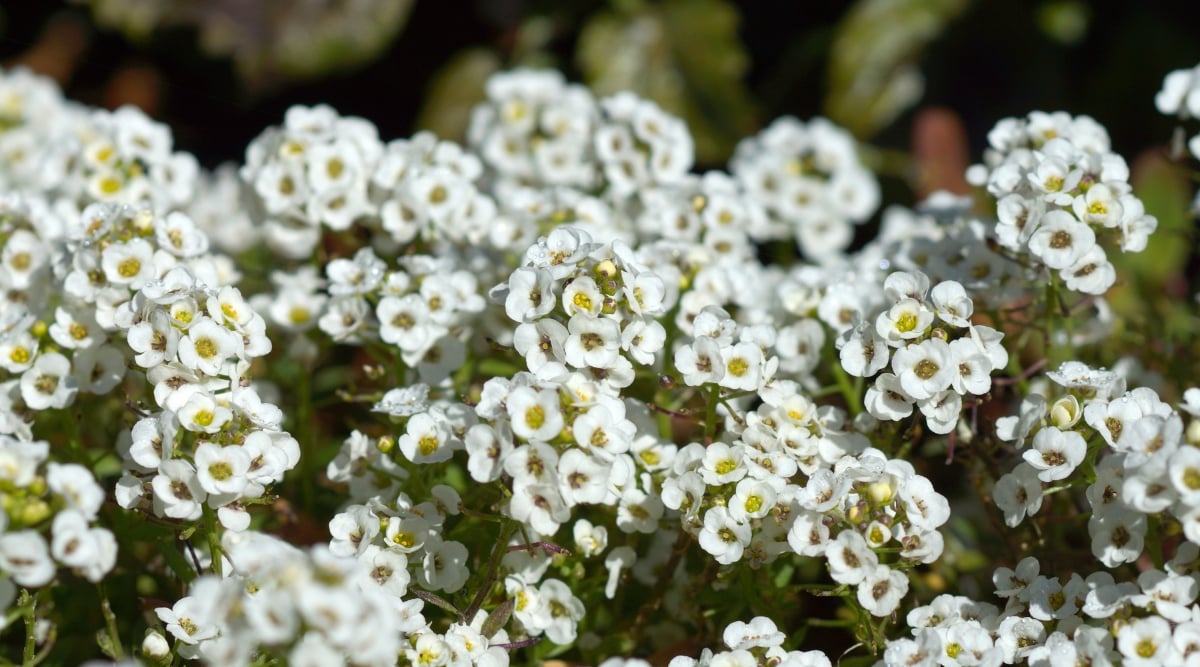

Chard doesn’t must be confined to the vegetable yard; its vivid stalks and ruffly leaves look lovely in a flower mattress. Pair them with the low-laying candy alyssum to create a stark distinction of coloration and prime.
Candy alyssum will act as a floor cowl to care for weeds down. The numerous clusters of flowers it grows will entice hoverflies, which could eat aphids that bug your chard. This flower is an surroundings pleasant one to care for spherical contained in the vegetable yard, too, when you do need to harvest your chard to eat.
Tomatoes
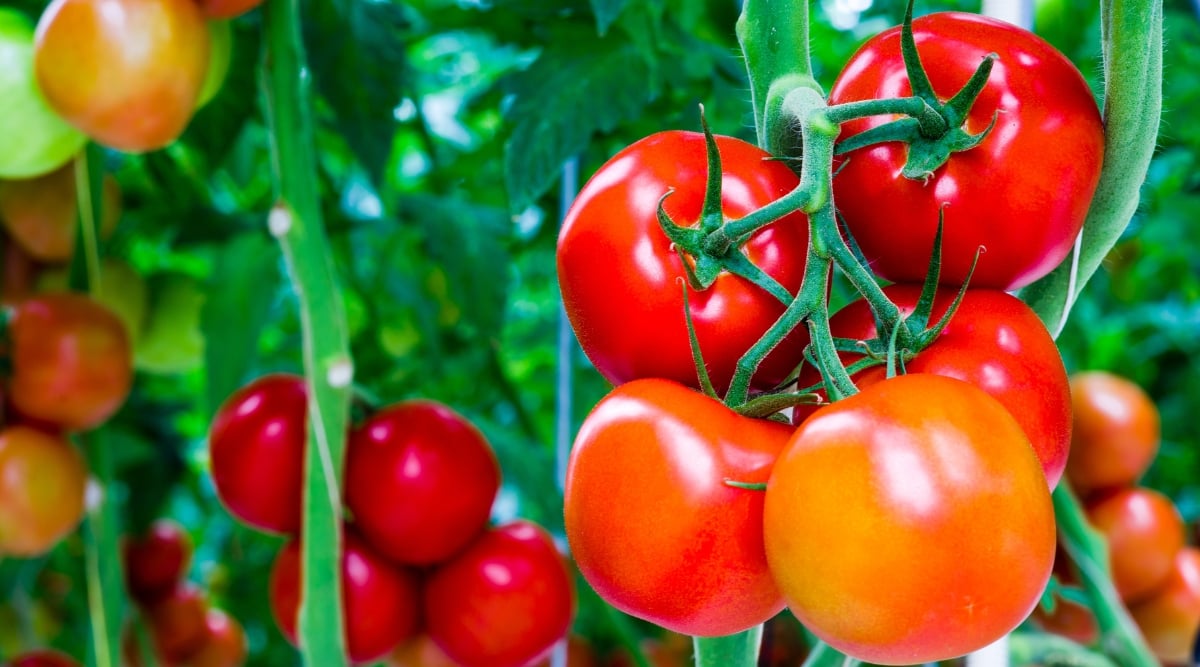

Tomatoes and chard make good companions, they typically’re two that you just merely’re constructive to see in my yard yearly. Contained in the spring, you would possibly plant tomato seedlings and chard seeds inside the bottom concurrently. By the aim tomatoes want further room, you would possibly harvest your chard.
You may additionally use tomato crops to shade chard all by means of the summer time season. Plant tomatoes to the west of the chard, conserving the decrease branches trimmed.
This may occasionally enable the chard to accumulate afternoon shade and have a substantial amount of room to develop leaves. Their root methods have completely completely totally different depths, so that they don’t compete for water an excessive amount of.
Turnips
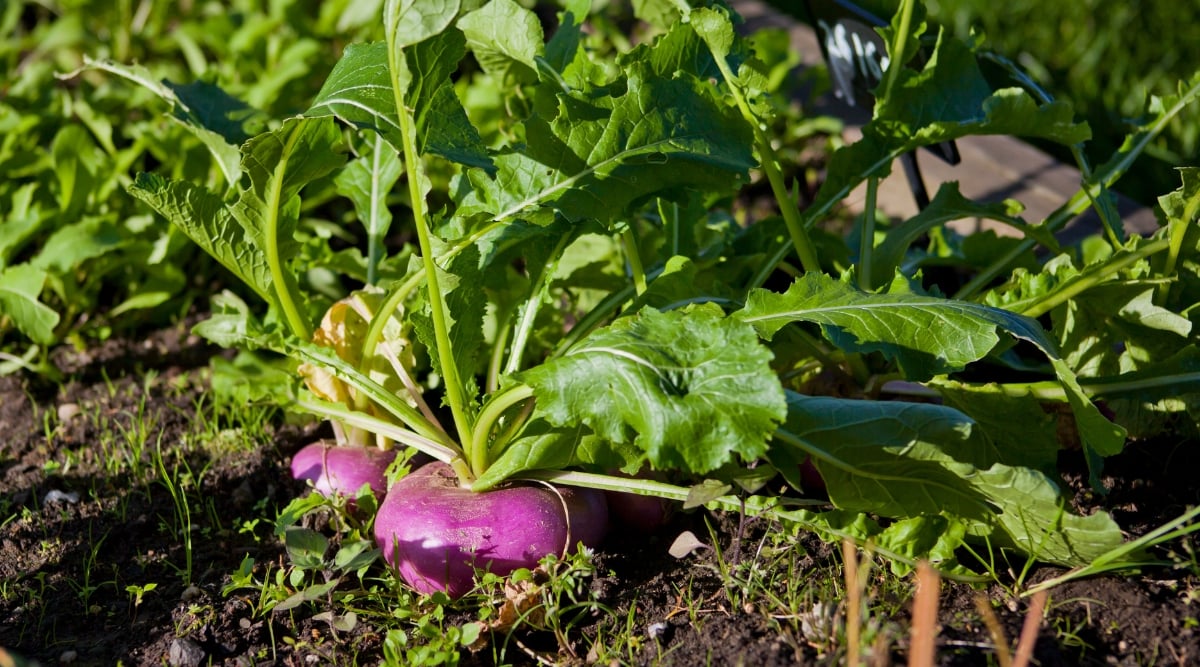

If snails and slugs don’t go away your chard alone, turnips are an beautiful lure crop companion plant for chard. Permit these pests to eat up the leaves so that you would possibly get them out of your yard while you harvest them, merely as it’s possible you’ll with radishes and aphids.
Although turnips will be fairly giant, they shouldn’t hinder your chard when you go away sufficient house between them.
The simplest methodology could very nicely be to alternate rows of chard and turnips comparatively than attempting to plant them shut collectively. Each crops like moisture and develop all by means of the an similar circumstances of the 12 months, so that they’re straightforward to care for on the an similar time.
Closing Ideas
Chard is as scrumptious as a result of it is lovely. Chances are high you will develop this plant with completely totally different greens or use it as a decorative plant in your flower mattress. Pair it with completely totally different cool-season crops in spring and fall, or give it some shade with taller crops throughout the summertime to make your harvest closing further. Chard companion crops take pleasure in persistently moist soil, cool temperatures, and ample sunshine.
[ad_2]
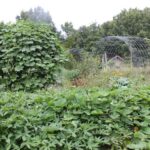
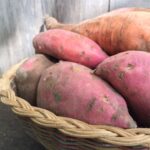

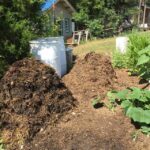


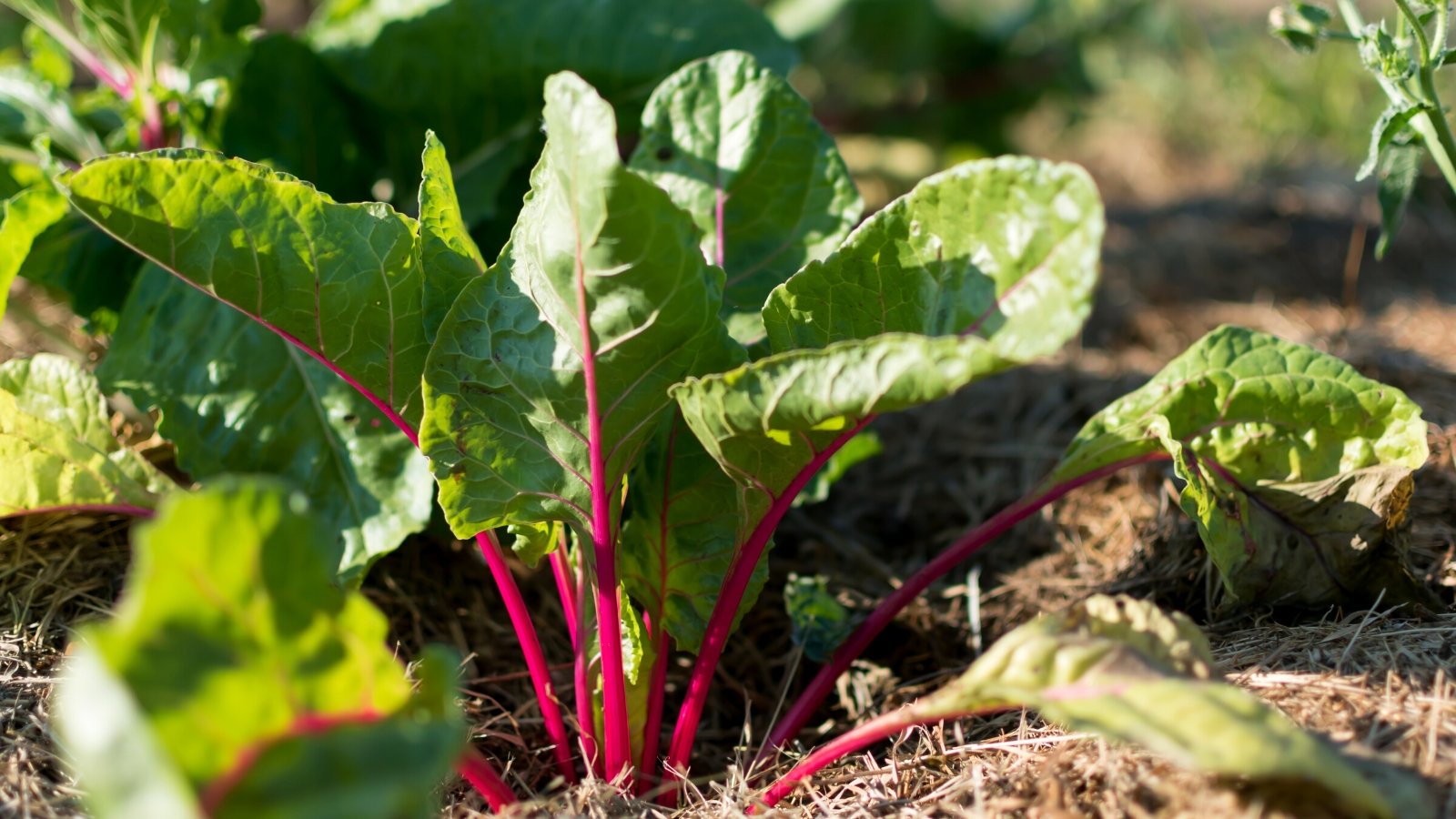
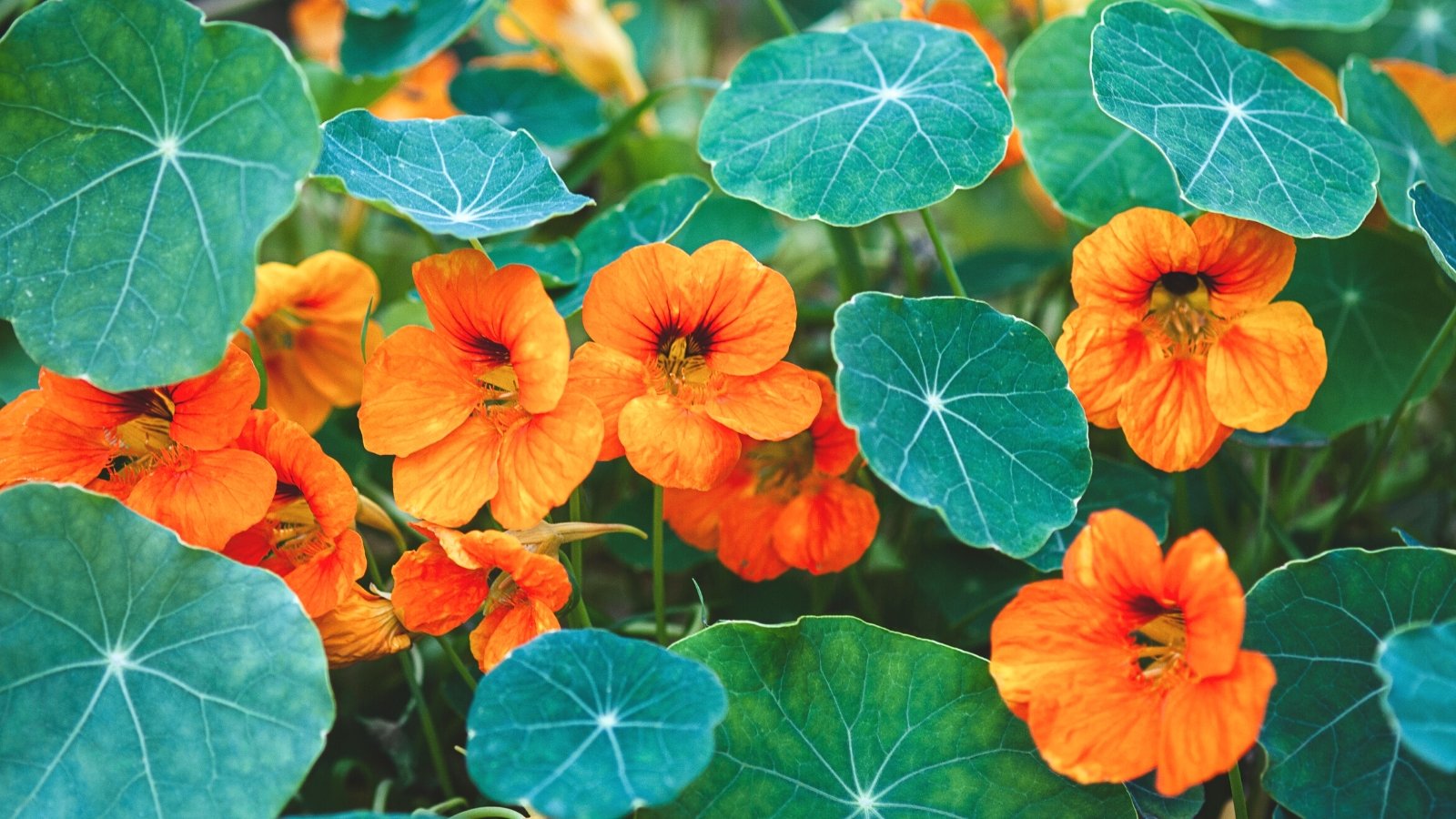
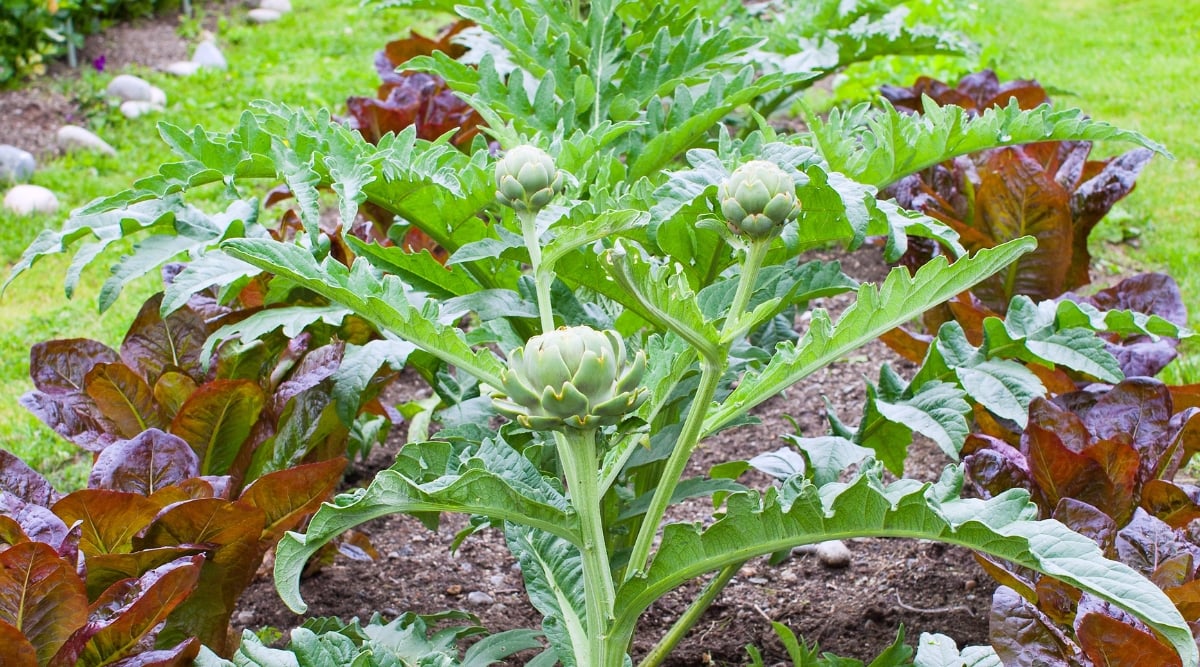
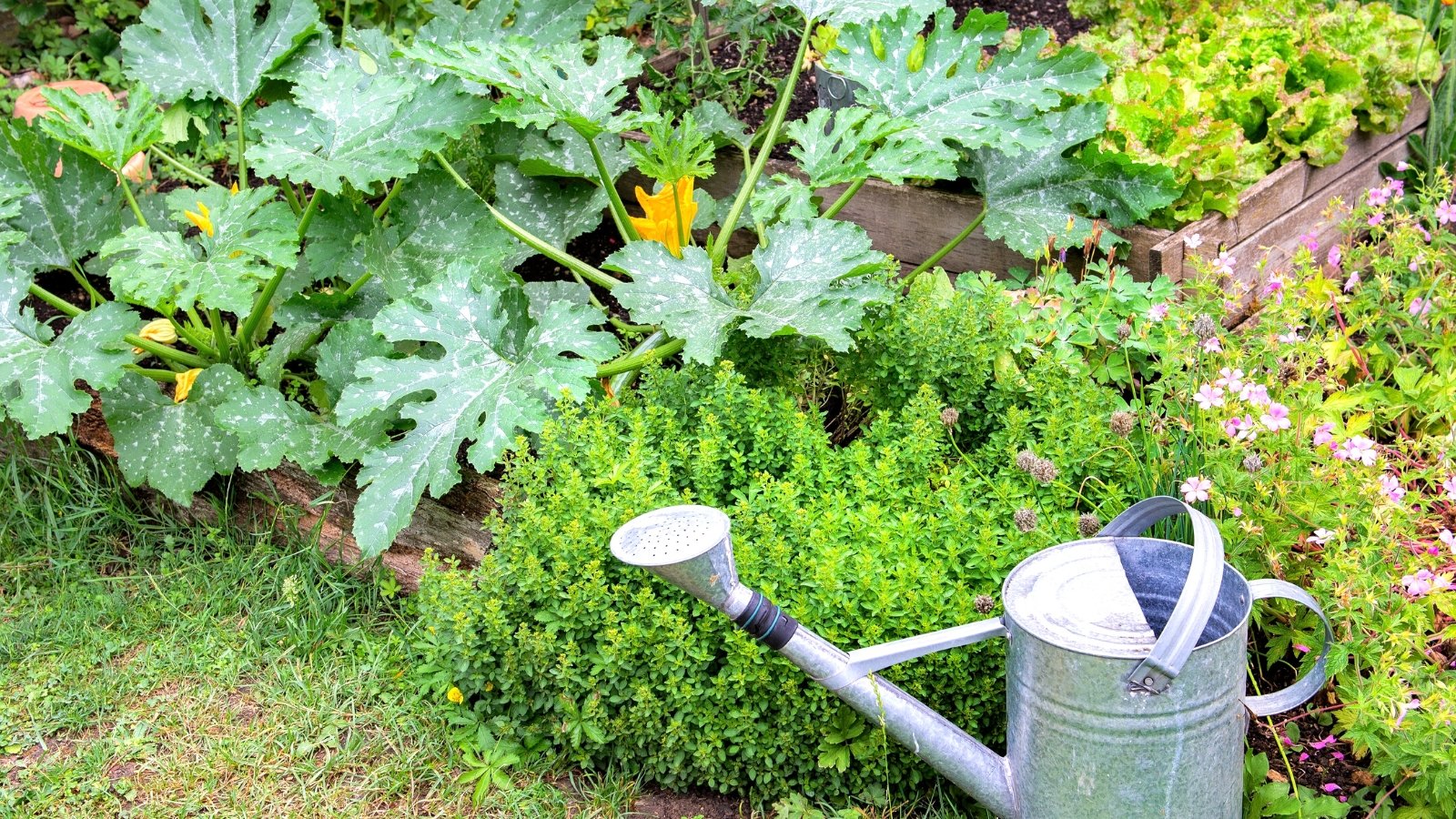
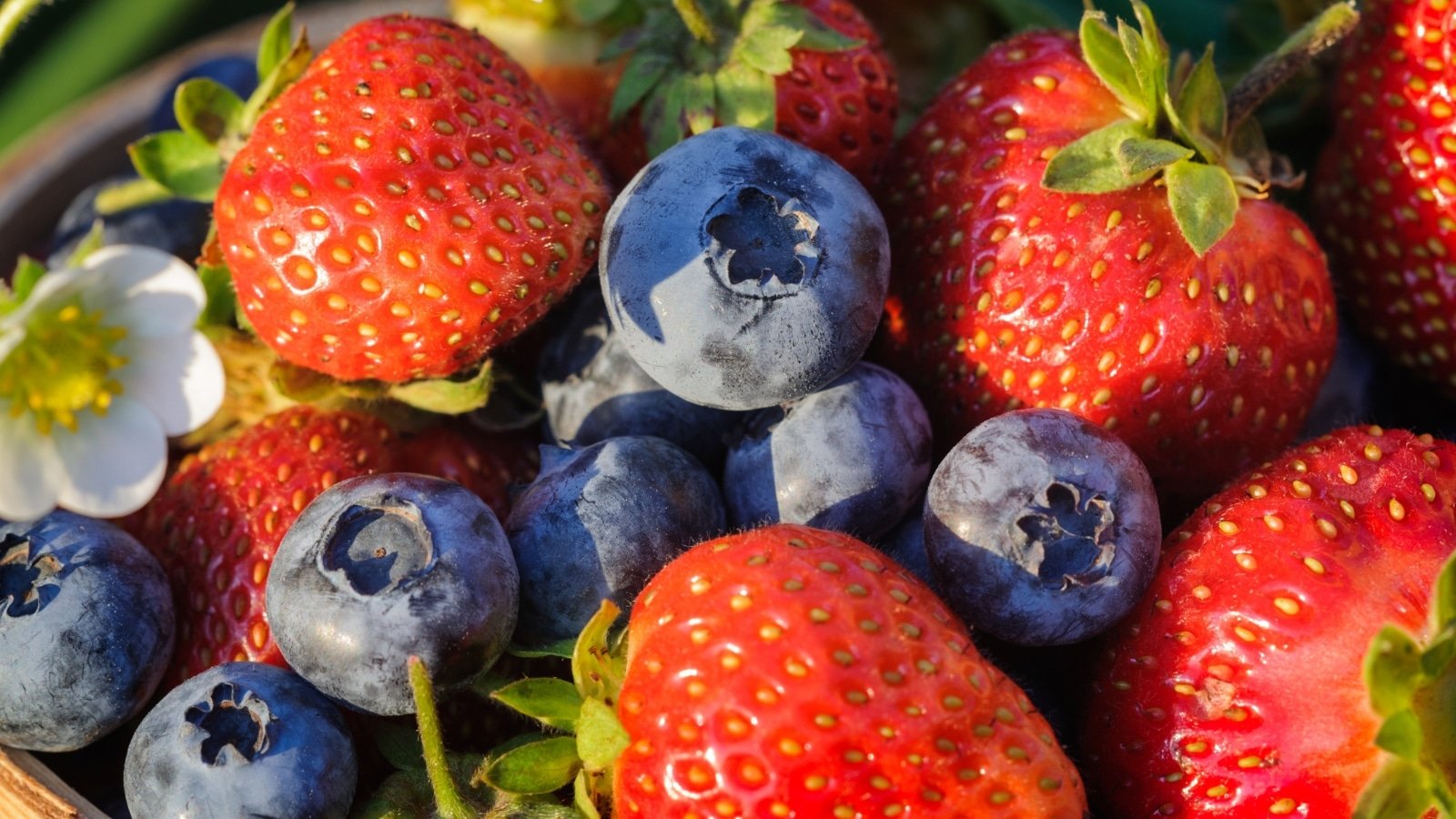
I found the section on the benefits and disadvantages of growing chard particularly insightful. Understanding the pest issues and optimal growing conditions can really help novice gardeners make informed decisions.
Companion planting seems like a practical approach to gardening. I appreciate the information on how chard can enhance the growth of neighboring plants while also providing visual appeal in the garden.
This article provides a comprehensive overview of companion planting with chard. It’s interesting to see how various plants can coexist and benefit from each other, enhancing both garden aesthetics and productivity.
The suggested companion plants for chard are quite diverse. It’s great to learn about different combinations that can maximize space and yield in a garden, especially for those with limited areas.
The tips on maintaining proper spacing and moisture levels when growing chard alongside other plants are valuable. This kind of knowledge could be essential for anyone looking to create a thriving vegetable garden.